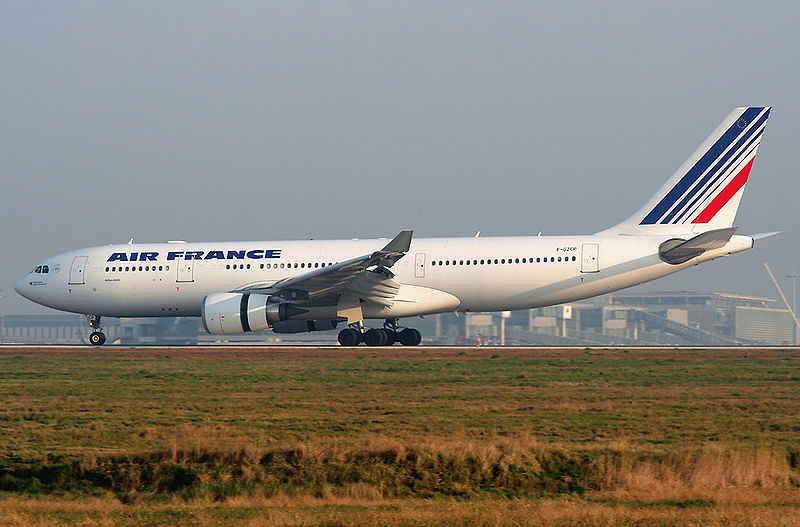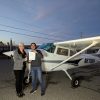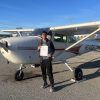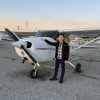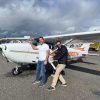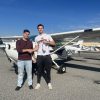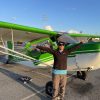Air France 447 – Plane or Pilots?
Jun 03 2011 · 0 comments · Airmanship, Events, News, Systems
Much has been said about how the pilots of AF reacted incorrectly to an impending stall, but did they really? It would appear that initially maybe they did raise the nose, but it also seems the plane’s autotrim then kept the nose up despite efforts to get it back down. However, there should have been plenty of time and altitude to recover. As has been mentioned elsewhere, the plane was not in a departure from controlled flight, it held the nose up accurately and the wings responded to roll inputs. So why did it stay nose up for what must have been a terrifying three minutes? Why, even after the Captain entered the cockpit and commanded nose down, did the nose stay up?
Here’s an analysis from Der Spiegel that raises disturbing questions about the airplane’s control systems. I thought it was interesting enough to post the whole article rather than just a link, but you can also click on image above to go to Der Spiegel web site:


